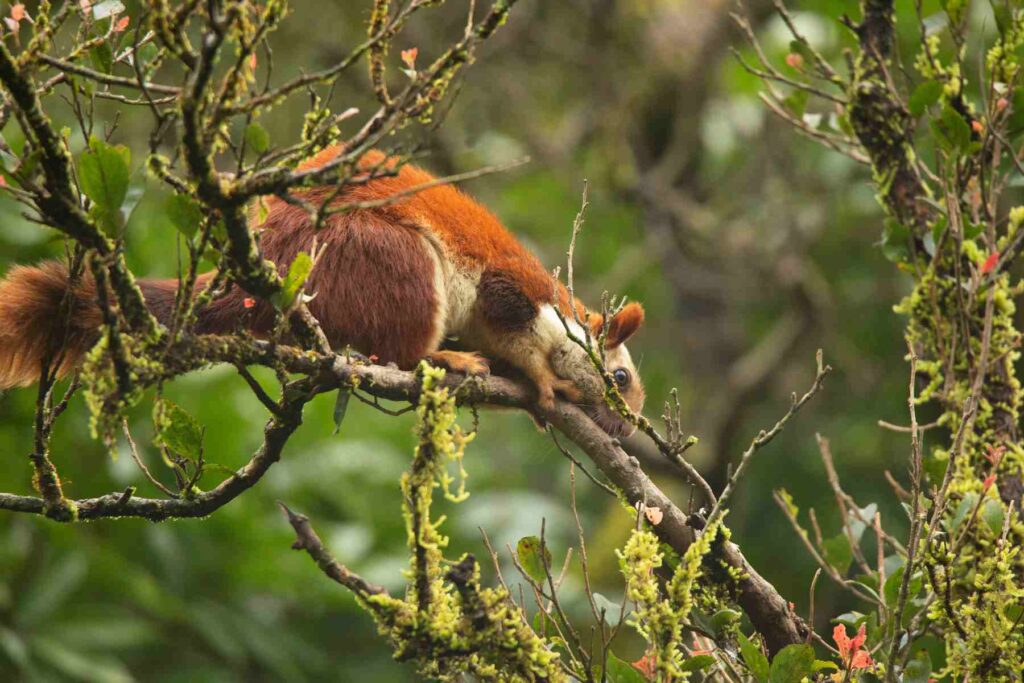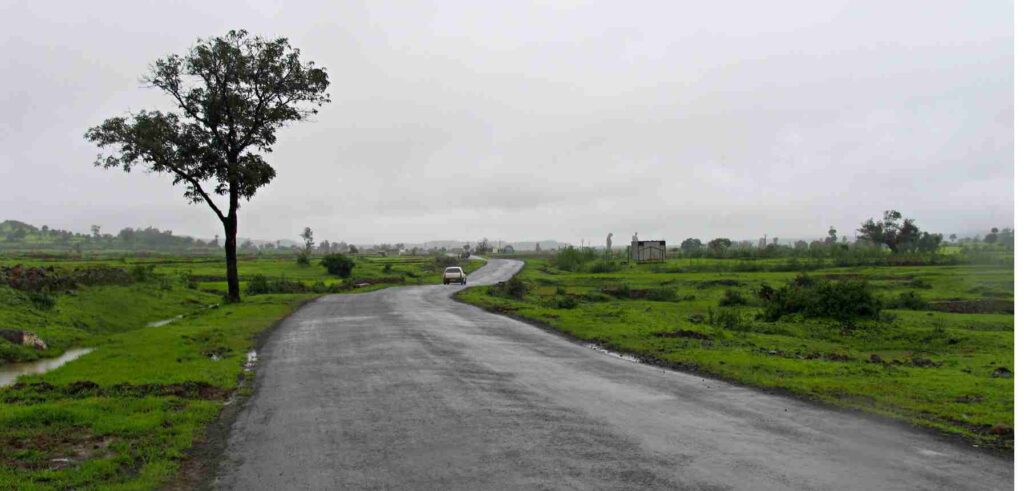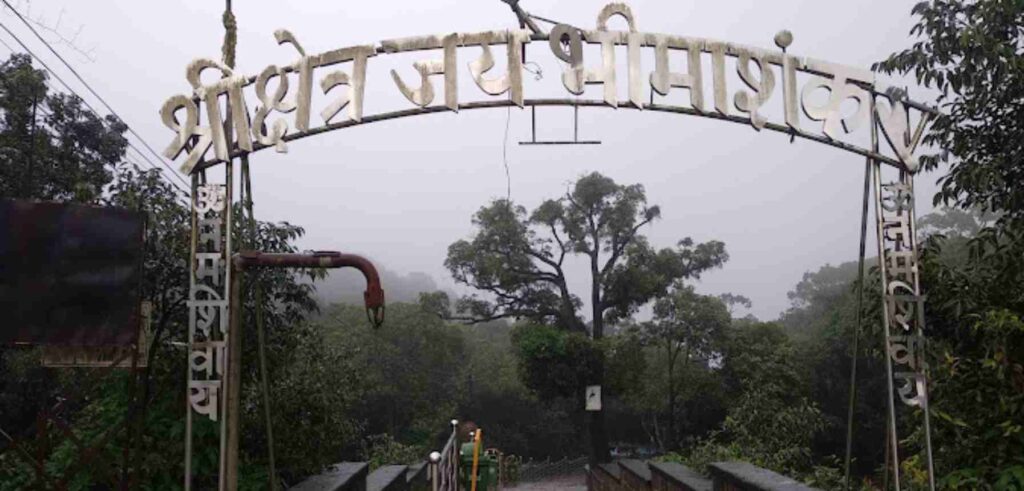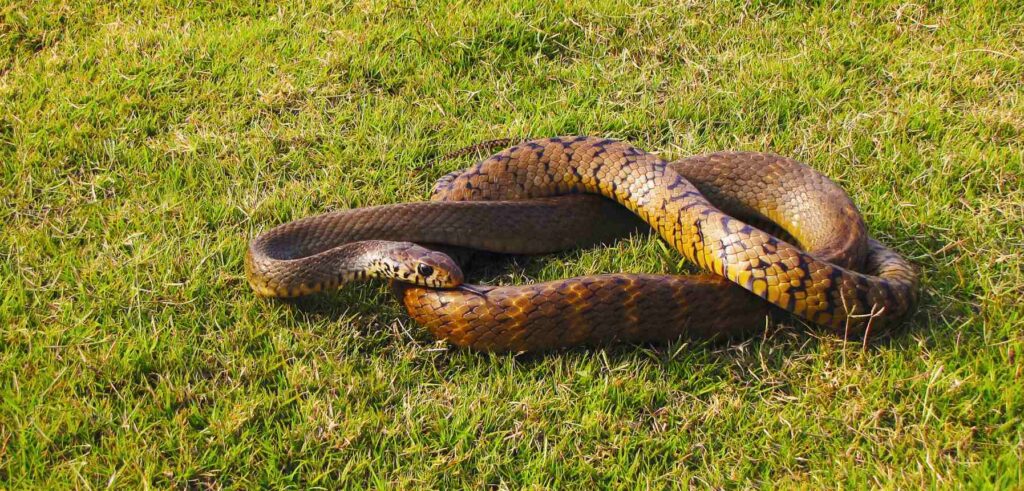Exploring Bhimashankar Wildlife Sanctuary: A Nature Lover’s Paradise

Situated in the Western Ghats of Maharashtra, the Bhimashankar Wildlife Sanctuary is a paradise for nature lovers and enthusiasts of wildlife. This sanctuary has great biodiversity and landscapes, which provide an unforgettable experience to those seeking solace in the lap of nature. In this overall guide, we will look into how to get here, what to see in this sanctuary, and when to visit during your next trip.
Location and Overview: Bhimashankar Wildlife Sanctuary
The Bhimashankar Wildlife Sanctuary is situated in the Pune district of Maharashtra, approximately 110 kilometers from the city of Pune. Spreading over an area of 131 square kilometers, this sanctuary forms part of the Western Ghats, a long chain of hills running along the western edge of the Deccan plateau in India. This range of hills is known for its wide variety of plant and animal life. This sanctuary is named after the Bhimashankar Temple, which houses one of the twelve Jyotirlingas of Lord Shiva.
How to Reach Bhimashankar Wildlife Sanctuary

- By Air: The nearest airport to the Bhimashankar Wildlife Sanctuary is Pune Airport, that is about 110 kilometers away. You can hire a taxi or take a bus from the airport to the sanctuary.
- By Train: Pune Railway Station is the closest major railway station. One can reach Pune from any part of India by regular trains. Once at Pune, you can hire a cab or take a bus to Bhimashankar.
- By Road: This place is well connected by road. You can reach the sanctuary from Pune by car, and that takes around 3-4 hours. The roads are scenic, often offering views of the lush greenery of the Western Ghats.
Suggested Read: Gandikota Grand Canyon of India
What to See in Bhimashankar Wildlife Sanctuary

- Rich Biodiversity: It is a rich place for biodiversity. The various species of flora and fauna inhabit this sanctuary. Many different species of mammals, birds, reptiles, and amphibians inhabit this place. Some of the famous listed wildlife includes the Indian Giant Squirrel, Leopard, Sambar Deer, and the Malabar Giant Squirrel. Many bird species, like Malabar Whistling Thrush and the Black Eagle, may interest bird watchers.
- Bhimashankar Temple: The sanctuary is the residence for the Bhimashankar Temple, a well-known place of pilgrimage. It is dedicated to Lord Shiva and is considered one of the twelve Jyotirlingas of India. The temple and its environs are very peaceful and a must-visit.
- Nature Trails and Trekking: The sanctuary has several trekking paths made available for visitors to perambulate the green surroundings. The trails are through dense forests and a bit over rocky terrains, giving panoramic views of the Western Ghats. One of the popular routes that can be undertaken as part of Bhimashankar Trekking is from Bhimashankar to Nagphani, which gives a panoramic view of the surroundings of the hills.
- Waterfalls: Some beautiful waterfalls are there in and all over the sanctuary. The most famous here is the Bhimashankar Waterfall, which falls from a height with verdant greenery around it. During the monsoon season, the waterfall presents a great spectacle.
- Flora and Fauna: The sanctuary is a paradise for plant lovers. It contains all sorts of plants, from medicinal plants to rare orchids. The different habitats in the sanctuary provide support to different wildlife, thus making it a rich ecosystem.
Best Time to Visit Bhimashankar Wildlife Sanctuary

The best time to pay a visit to the Bhimashankar Wildlife Sanctuary is from October to March. The climate is mild during this season and there is more sighting of wildlife. The temperature runs from 15°C to 30°C, which is quite suitable for any outdoor activities or treks.
- Monsoon Season (June to September): The sanctuary gets really beautiful during this period, with lush greenery and gushing waterfalls. The trails may become very slippery and challenging. If you enjoy the ambiance of the monsoon and don’t mind occasional showers, this can form one unique time to visit.
- Summer Season from April to June: Summers get pretty hot here, with the temperature often crossing 35°C. This is also, though, a good time for spotting animals as, in a bid to escape the scorching heat, they often come out more frequently to the water sources.
Suggested Read: Haji Ali Dargah in Mumbai
Flora and Fauna of Bhimashankar Wildlife Sanctuary

The Bhimashankar Wildlife Sanctuary is a haven of vibrant flora and fauna and involves large numbers of visitors who are either nature enthusiasts or simply wild-life enthusiasts. This sanctuary forms a part of the Western Ghats, a stretch with various plant species ranging from tall trees to fragile orchids, which sustains a vast diversity of animal life.
- Flora: The rich flora of this sanctuary comprises a treat to the eyes by way of caressing tropical evergreen forests. Teak, bamboo, and shisham trees dot the scene in thick forests. Various medicinal plants and rare orchids add to the botanical richness of the sanctuary and can be found by visitors. The sanctuary is particularly known for its dense canopies and lush greenery, which forms the basic habitat and sustenance of the wildlife within.
- Fauna: This place is a home to many animal species. The Indian Giant Squirrel is one of the graceful and very rare prominent species that has often been sighted in the tree tops. This sanctuary is also a home to the elusive Leopard, which, although seldom seen, roams in these dense forests. Sambar Deer and the Barking Deer are commonly sighted and add to the vibrant population of wild life in this sanctuary.
Bird lovers will be enchanted by various avian species such as the melodious call of the Malabar Whistling Thrush and the Black Eagle gracefully soaring over the sanctuary. Reptiles and amphibians of the sanctuary include the common Indian Python and several species of frogs and toads.
- Ecological Importance: Bhimashankar Wildlife Sanctuary has played an important role in maintaining the overall ecological balance of the Western Ghats. Deep forests work as carbon sinks and help control climate change. The local weather is also maintained through these dense forests. Further, the rivers and streams of the sanctuary provide much-needed water supply to the wildlife and nearby human habitations.
Efforts are in hand to preserve the sensitive ecosystem of the sanctuary. The forest department is taking necessary measures so that the flora and fauna here may be safely guarded against poachers and habitat destroyers. Visitors shall adhere to all instructions to ensure this pristine environment is preserved for future generations.
Whether one is trekking through the dense forests or watching the wildlife and enjoying the natural beauty, visitors have a more profound appreciation for the intricate web of life that thrives with this rich biodiversity in Bhimashankar Wildlife Sanctuary.
Suggested Read: Mount Mary Church in Mumbai
Tips for Visitors
- Permits: Entry into the sanctuary is by prior permission. Make sure to carry the required permits from the forest department in advance.
- Guides: It is recommended to hire a local guide as he can enhance the chances of getting the most out of the visit to this sanctuary. There are some points that might get easily missed, like certain key spots.
- Clothing and Footwear: With monsoon, wear light clothing and comfortable hiking shoes along with a raincoat. Never forget to bring sunscreen or insect repellent.
- Safe Hydration: Bring sufficient water and some snacks with you as there are not too many facilities for refreshments within the sanctuary.
- Respect Wildlife: Keep a safe distance from the animal; never feed them. Follow all of the guidelines provided by the sanctuary to ensure that visitors and wildlife alike are kept safe.
Suggested Read: Iconic Crawford Market in Mumbai
Make your visit to Bhimashankar Wildlife Sanctuary Now!
The Bhimashankar Wildlife Sanctuary is a potpourri of natural beauty, rich biodiversity, and spiritual values. This sanctuary is good for any sort of tourist: a wildlife enthusiast, a trekker, or one who wants to spend time in a calm and serene atmosphere. Deep forests, varied animal life, and serene landscapes—these are some of the vital ingredients of this sanctuary. Visit it in the best months and get enchanted with the beauty of the Bhimashankar Wildlife Sanctuary.

